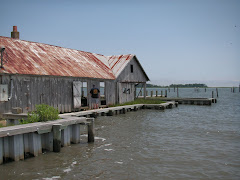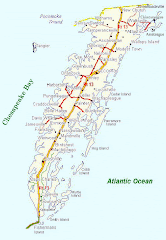Some decades ago I lost contact
with a cousin who was the luckiest person alive. He was about 30-years old at the time,
married, with no job, and still going to school.
He was able to do this because he
married a lovely woman who catered to his ego and worked full-time in order for
him to attend school full-time.
It’s not as if he was working on
a doctorate, rather he was allergic to work of any kind, and scholastics was a
way to fulfill his goal – loaf. And he
was good at it.
I, on the other hand, couldn’t
wait to get out of the educational system because, unlike my cousin, I wasn’t
very good at it.
Learning was one of those things
in life that put my nerves on edge.
Three different courses demanded simultaneous research papers, in addition
to regular homework and classes. Thrown
in for good measure was my effort to pay for my own education without the help
of guvment or a student loan or my parents; that meant part-time jobs, too.
To say my schedule was a bit
crowded would be an understatement.
Besides, I didn’t have a sugar mama on which to rely for money, or even
dream taxpayers would foot the bill for my schooling. But I digress.
I thought of this lazy kin when I
was mixing dangerous chemicals today.
My ornamental garden beds were
flush with early spring weeds, and those weeds needed killing. I broke out last year’s pump sprayer and a
bottle of defoliant concentrate to assist with the weed murders.
 |
Weed assassination device
|
A defoliant is one of those
chemicals that the People’s Republic of California
Because of the six-month gap
since my last use of this chemical and subsequent lack of mixing recall, I
turned to the instructions attached to the bottle, since this concentrate
required mixing with the appropriate amount of water.
Therein were twelve
plastic-coated pages – in both English and Spanish – detailing what sort of
weeds and grasses this defoliant would defoliate, and pronto.
On page eight, in itsy-bitsy
lettering were the mixing instructions.
Sure, our well water is probably more toxic than most commercial defoliants;
nonetheless, I spent $18 on this bottle.
To be fair, enclosed with the
bottle of defoliant was a plastic cap that doubled as a measuring cup, likely
to preclude your average amateur gardener from using the household measuring
cups to meter out poison. That’s my best
guess, anyway.
The measuring paragraphs began
with third grade basics.
One tablespoon = three teaspoons
Two tablespoons = one ounce
Five tablespoons + one teaspoon =
1/3 cup
Figuring there was a math quiz at
the end of this novelette, I paid especially close attention.
When I reached the 16 tablespoons
= one cup portion, I decided to skip over to the next paragraph.
This is where the important
information had lain. In order to make
one gallon of weed killing juice, I needed to mix two ounces of poison with a
gallon of water.
A quick look back at the previous
paragraph indicated I needed to do math.
If two tablespoons = one ounce, four tablespoons = two ounces.
That wasn’t so very hard. What was hard was comprehending how the
company that manufactured this chemical didn’t place a line inside the included
measuring cup; the line would indicate the appropriate measurement for the
defoliant concentrate.
Perhaps it’s not the chemical
that is dangerous. Maybe it’s the poor
math skills of the end-users that make it dangerous.
Maybe I should have called my
lucky cousin for the math answer.
I’m just saying.



